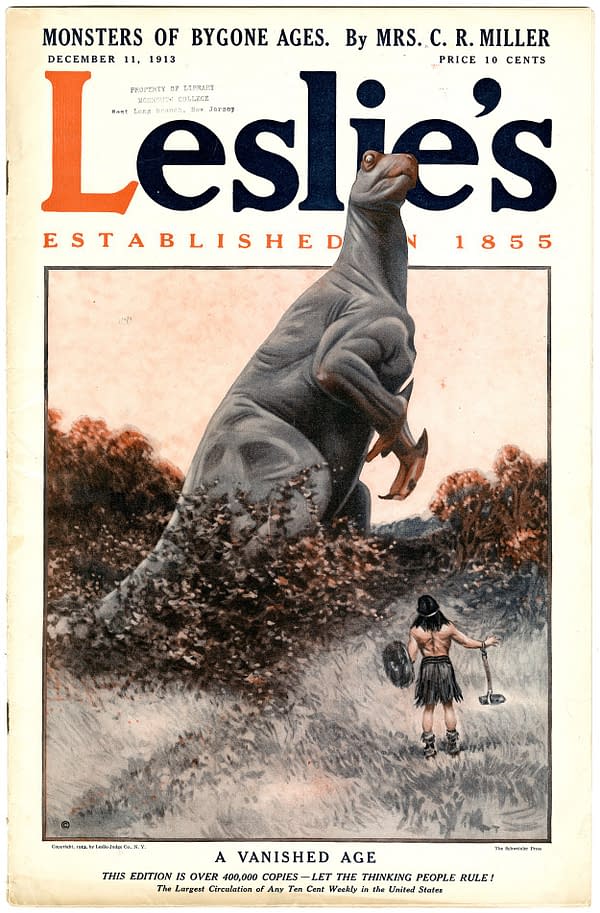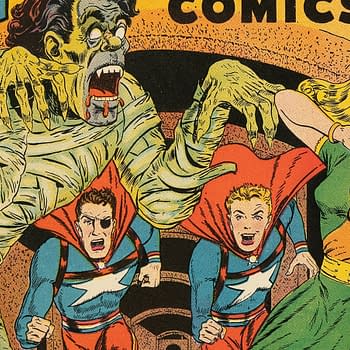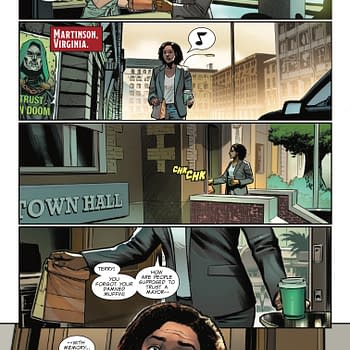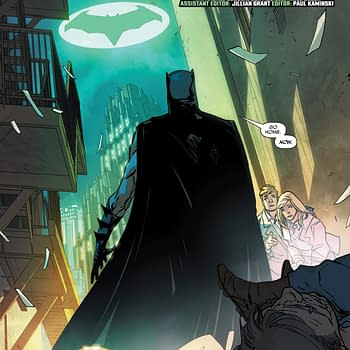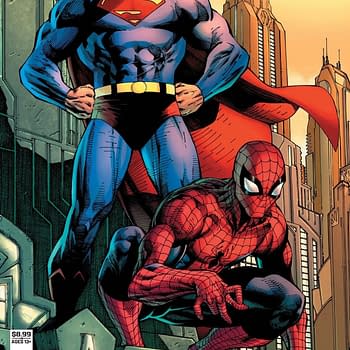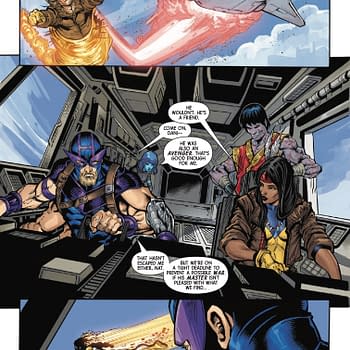Posted in: Comics, Vintage Paper | Tagged: game of thrones, Lost World, ross winans, the issue
THE ISSUE: The Lost World and the Hunt for a Game of Thrones Beast
The story behind the inspiration for the December 11, 1913 Lelie's has a fascinating connection to both The Lost World and Game of Thrones.
Taken as a whole, Leslie's happens to be my favorite non-fiction periodical in American history. Over the length of its run from its beginnings as Frank Leslie's Illustrated Newspaper to the magazine-formatted and name-shortened Leslies, the weekly chronicled some defining moments in the history of the United States. Leslies had reporters in the field during the Civil War and published the most famous American magazine cover in the history of history during World War I. This December 11, 1913, Leslie's issue is one stand-out among many, with a spectacular cover that happens to be among the earliest fiction or fantasy-oriented dinosaur covers ever published on a periodical. The accompanying interior story is a roundup of recent archeological finds and happenings, along with some pics of some museum exhibits where they were trying to 'recreate' the dinosaurs and not just display the bones. The story behind the inspiration for this issue has a fascinating connection to both The Lost World and Game of Thrones.
The Issue is a regular column about vintage comics and other vintage periodicals from throughout world history. The idea behind The Issue is simple: for each post, I'll choose something from my collection and talk about what's going on in it, and discuss the publishers and creators behind it. And essentially, I'm just going to end up stepping through comics history one issue at a time. There is only one rule in The Issue: No recent stuff. Everything will be from before 1940, and most of it will be from before 1920.
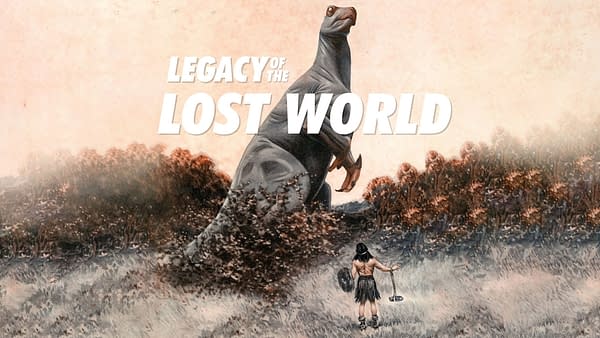
The Monsters of Bygone Ages feature inside this issue of Leslie's may be underwhelming, but the story behind this early dinosaur-mania is fascinating from every angle. It's just a year removed from two essential fictional touchstones in Arthur Conan Doyle's The Lost World and Edgar Rice Burroughs's Tarzan of the Apes. Both of these were, to some extent, inspired by the well-publicized expeditions to then little-explored regions of Africa and other parts of the world that were underway during this era. For example, the 1909-1910 Expedition to Africa led by former President of the United States Theodore Roosevelt in cooperation with the Smithsonian Institution had captured the public's imagination.
Beyond those events, the theme of this issue of Leslie's seems to have been inspired by the combination of a new museum-style exhibit in Stellingen, Germany, plus the well-publicized exploits of a "big game hunter" of the era who had been hunting on the estate of Count Josef Potocki of Volhynia, Russia (the estate is now in the northwest corner of Ukraine, west of Kyiv, and bordering Poland to the west and Belarus to the north). This big game hunter, Walter Winans, happens to be the grandson of mad scientist cigar shipbuilder and railroad magnate Ross Winans.
Winans claimed that he downed a giant Aurochs on Count Potocki's estate — a 2,000 lbs animal and the largest one on record. According to Winans's account, the giant beast had killed several bison in the area and mauled one of Potocki's men before Winans took him down. Winans's exploits became quite widely publicized at the time, because in addition to being the wealthy scion of a railroad magnate's family, Winans had won Olympic Gold in 1908 and Silver in 1912 for shooting.
Many among the scientific community were rightly skeptical of Winans's account of the matter because the last known Aurochs in the world died in 1627 (the massive creatures are referenced in Game of Thrones). Winans was reduced to writing numerous letters to editors of sporting and scientific journals defending the supposed truth and dubious valor of his act.
